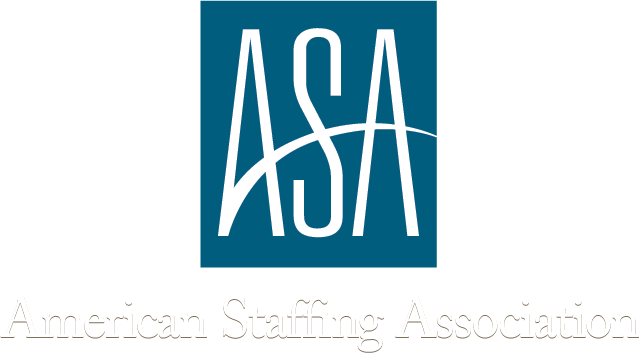Every year, new hiring trends emerge. In 2022, many of the trends are reflections of changing workforce sentiment, as well as the implications of the pandemic. As a result, many of the trends are continuations from the previous one or two years, though they’re slightly altered to reflect the landscape of today.
If you’re curious about the new hiring trends for 2022, here is a look at some of the ones that companies need to know if they’re going to excel during the year.
Well-Developed Employee Value Propositions
In the aftermath of the pandemic, professionals began viewing employers in a different light. As workers’ priorities changed, many companies struggled to secure the talent they needed.
While recruitment during years past often focused on what professionals could do for companies, that approach is no longer practical. Workers are more concerned about how a company will treat them than ever before. Couple that with a shortage, and companies have to pivot.
Since attracting the best and brightest has become increasingly essential and harder to do, companies have to develop employee value propositions (EVPs) that clearly outline what they do for employees. That way, they can showcase the reasons why professionals should choose them, increasing the odds that they’ll get access to top-tier candidates.
Diversity and Inclusion Are Essential
Today’s candidate isn’t happy with an employer that will simply state that it’s trying to improve diversity and inclusion within its workplace. Instead, job seekers expect companies to treat these points as priorities, make meaningful progress, and have a culture that shows their commitment.
Remaining competitive as an employer means ensuring diversity and inclusion aren’t just lofty goals but backed by genuine action. Additionally, it can’t simply be part of a values statement; it has to be included in the workplace experience. That way, it’s possible to connect with top talent and achieve the company’s hiring goals.
Remote-First Models Remain
While many had hoped that COVID-19 would be a thing of the past by the start of 2022, that isn’t the case. As a result, many companies are maintaining a remote-first model for hiring. In some cases, this only applies to initial recruitment efforts. In others, it’s applicable to the recruitment and onboarding process, as well as working in the role.
Remote recruitment typically shortens time-to-hire and, when coupled with telecommuting positions, expands the company’s access to talent. Since the approach provides numerous benefits, most employers should expect these trends to continue throughout the year at a minimum. However, the odds are high that they’ll remain part of the equation indefinitely.
Increasing Use of Flexible Workforces
Since the pandemic made the business landscape precarious, many companies want workforce flexibility. While maintaining a core, permanent team is often essential, organizations often went in another direction for less critical roles or positions impacted by demand. The use of temporary workers provided companies with agility, allowing them to secure specific skillsets only for the time needed or scale up and down as demand dictated.
By 2022, workforce flexibility will remain essential. While many companies are striving toward full productivity, coronavirus spikes, labor shortages, and other concerns can make agility necessary. As a result, having access to temporary employees will stay a priority throughout the year.
Are You Ready for Hiring Changes in 2022?
Ultimately, each of the trends above is making a mark on the hiring landscape in 2022. By being aware of them and adjusting your course accordingly, you can position your company for greater success this year.
If you’d like to learn more or are seeking out talented permanent or temporary employees to add to your team, the staff at Selectek wants to hear from you. Contact us today.


